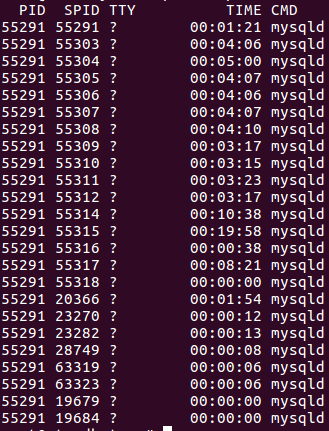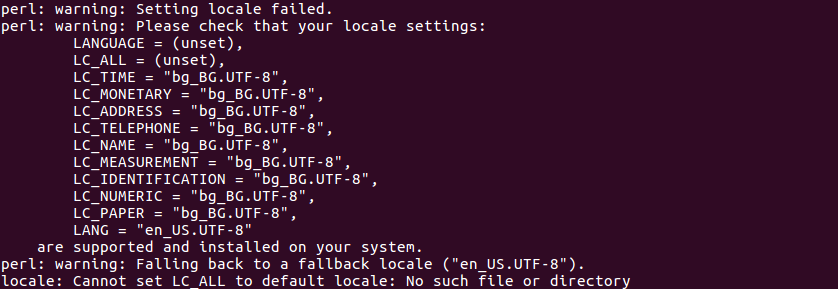How to fix: “Could not get lock /var/lib/dpkg/lock”

One of the common issues that most probably every Linux user has faced is to get the following message:

One of the common issues that most probably every Linux user has faced is to get the following message:

You have a process that forks multiple threads? Here is how you can check how many threads it actually uses at the moment: Read More

MongoDB is one of the most popular NoSQL database management systems. It is known for it’s simplicity, wide adoption and high scalability. That is why in this article we’ll show you the basics of installing a Mongo server on your cloud machine.
Installing Mongo on Ubuntu has some prerequisites. The packages available in the Ubuntu repositories are very outdated. So you’ll first need to add the official MongoDB repositories. Read More

Sometime you just need to quickly put down something in a temporary file. And as easy as it seems to just type in some file name like ‘test’, ‘test1’ and so on, this soon becomes wasteful and impractical.
In this article we’ll show you a bit more professional and programmable way to create temporary files in Linux usin ‘mktemp’. Read More

Git is very popular version control system today. It often is a ‘must have’ tool for software developers.
In this simple article we show you the installation command: Read More

In the recent years Java is one of the most popular technologies including in the world of Web. In this article we’ll start with something fairly simple – how to check which is the currently installed version of Java in a Linux environment.
If you have either the JRE (Java Runtime Environment) or the JDK (Java Development Kit) you will have the java command present. Read More

When you are looking for some recently modified files, the `find` command is a great and very powerful tool.
In this short article we wil show you a few good examples of how you can make use of it.

Logical Volume Manager or LVM is great tool for managing your scalable cloud storage. It’s simple yet powerful. You can use it to setup a single volume like we’ll show you in this article, but you can also make far more complex structure combining multiple storage drives, adding redundancy or just scaling out your storage on the fly.
In this tutorial we’ll start with an easy setup. We’ll create a single logical volume from one physical drive – /dev/sdb.
Let’s start by creating an LVM physical volume from /dev/sdb:
pvcreate /dev/sdb
Using the physical volume we’ll create the volume group data01. Although it currently consists of only one physical volume, physical groups let us easily add more drives on a later stage and expand the logical volume.
vgcreate data01 /dev/sdb
And the third and final step creating the logical volume data-vol01. We create it using 100% of the space available in the volume group data01.
lvcreate -l 100%FREE -n data-vol1 data01 /dev/sdb
Once we have a logical volume it’s just a step before we can start keeping data on it, so let’s add an file system and mount it in the /media directory just to check it:
mkfs.ext4 /dev/data01/data-vol1
mount /dev/data01/data-vol1 /media
This simple LVM setup shows that it’s quick and easy to start managing your additional storage drives. By adding more storage to your servers LVM will be one of your best friends to manage and keep your data. Keep an eye on CloudBalkan Blog for more articles related to LVM.

There’s a pretty common issue with locales in Ubuntu that brings up a nasty warning message about “Setting locale failed”.
You can use the following line to resolve it:
sudo update-locale LC_ALL=en_US.UTF-8 LANG=en_US.UTF-8
This sets the default locale to en_US.UTF-8.

Gitlab is one of the most popular version control, issues management and CI systems today. Based on Git for the version control, GitLab adds a plenty of tools, integrations and a beautiful graphical interface to manage your your projects and tasks. Often reffered as an self-hosted alternative to the popular service Github.com, Gitlab is actually a well developed and supported project. Gitlab CE is the community edition and is openly deployed as a self-hosted solution. Read More